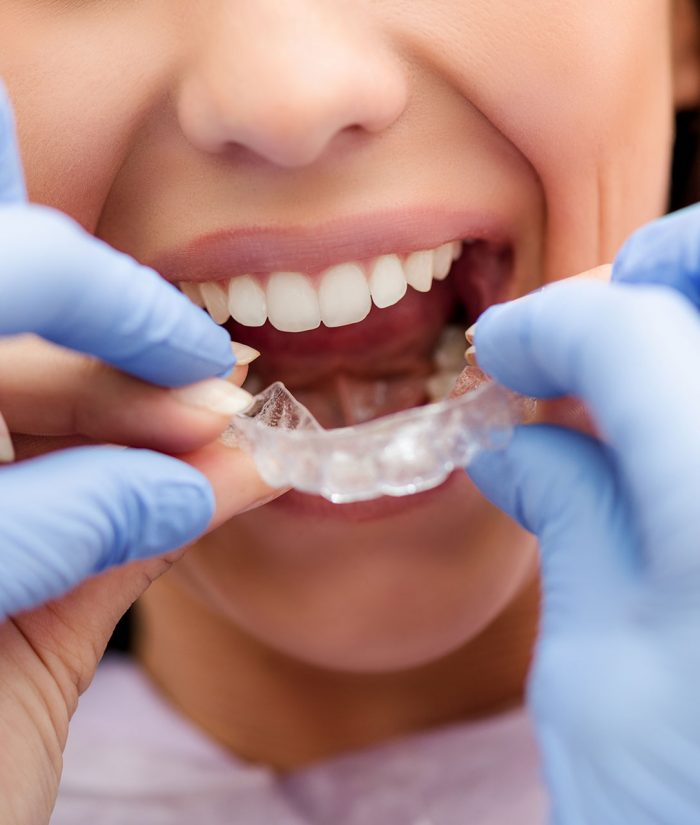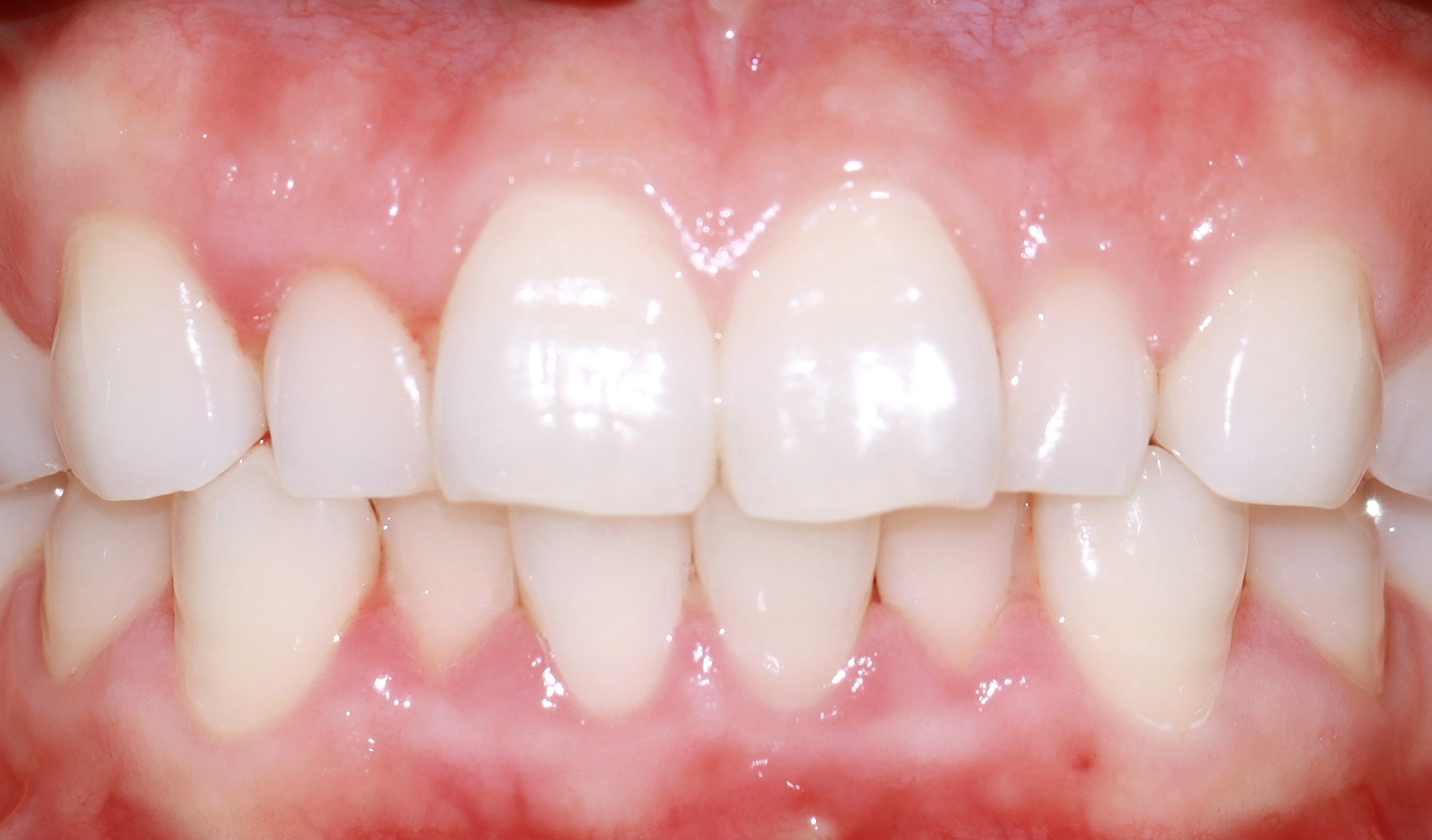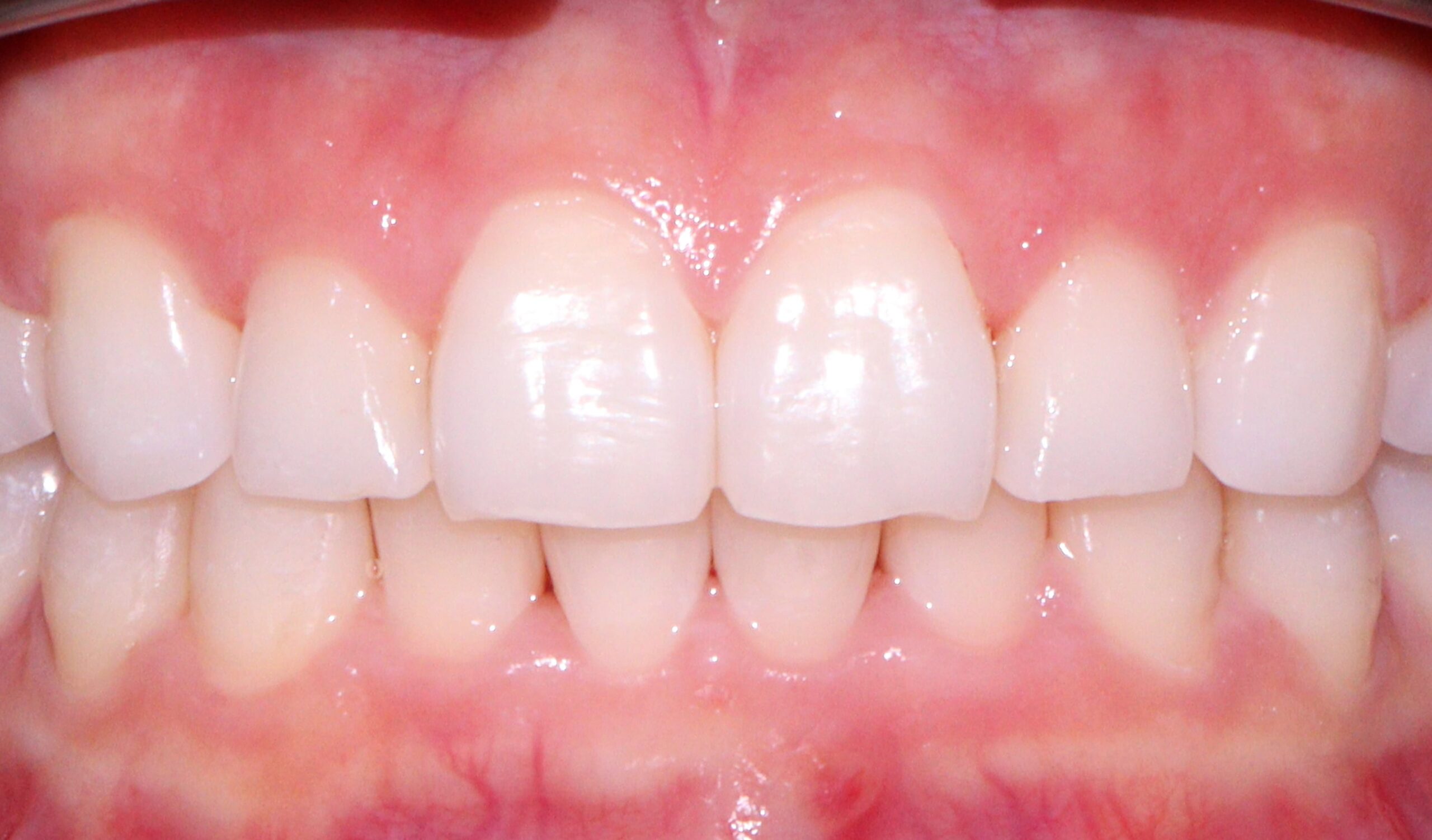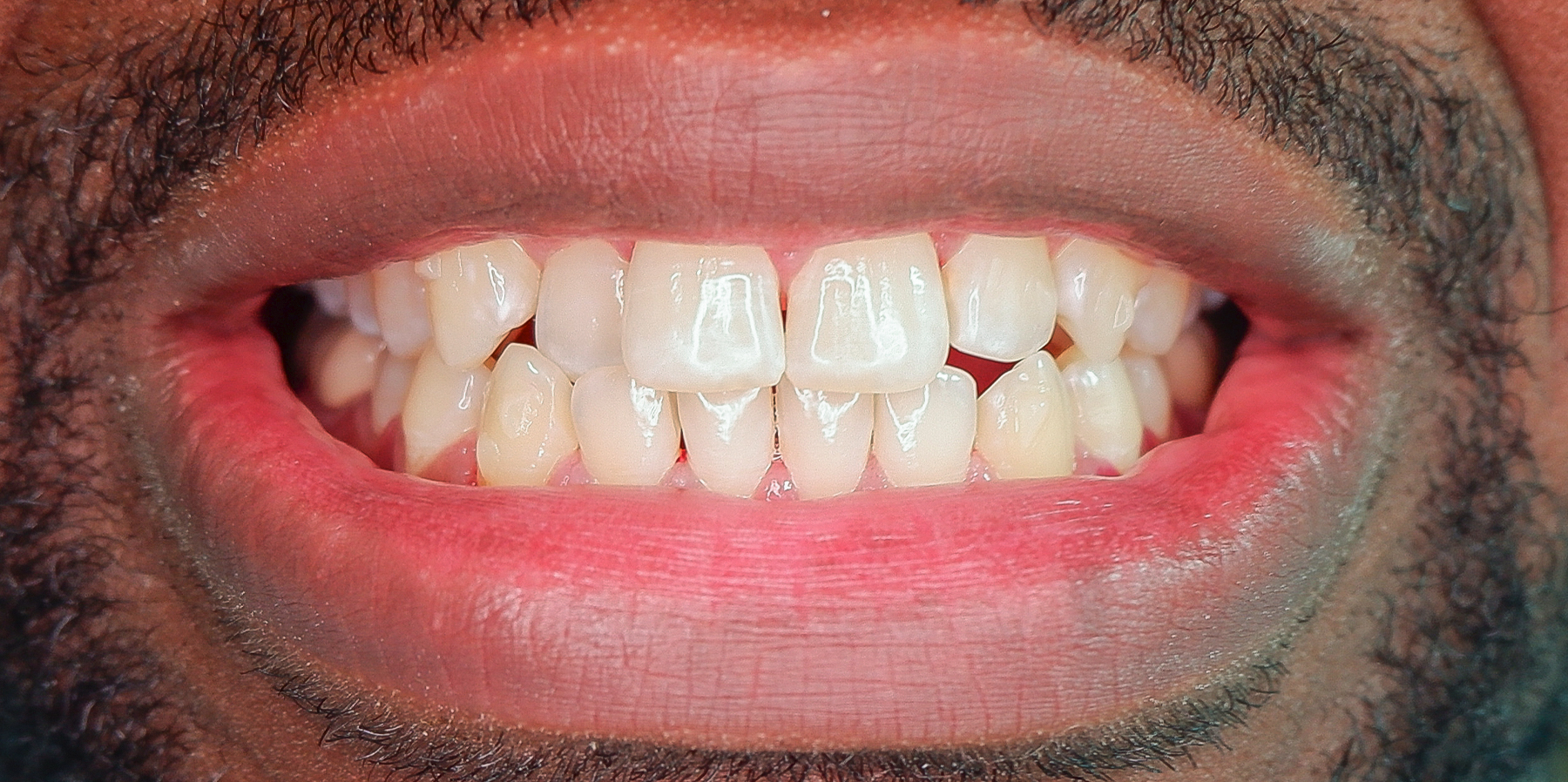What Is Invisalign?
Invisalign, also known as invisible aligners, provides a more comfortable and discreet orthodontic treatment experience, as compared to fixed appliances such as traditional braces. It involves a series of clear, flexible, thermoplastic aligners that resemble mouthguards which are custom-made for the patient. These aligners are changed every two weeks to facilitate the movement of the teeth. Invisalign is the most predictable and reliable clear aligner system in the market, that has been proven and tested for several years now.
Treatable Cases For Invisalign
- Crowded Teeth
- Gapped Teeth
- Overbite
- Underbite
- Crossbite
- Open Bite
Invisalign is an effective treatment option for many cases. Invisalign is indicated for mild to moderate orthodontic cases.

Advantages of Invisalign
Clear
Invisalign is virtually invisible, thus making it look like there is no orthodontic appliance on the teeth. This means you can always smile with confidence! This makes Invisalign the perfect treatment choice for people who are very conscious of how traditional braces can affect both their professional and social lives.
Removable
Unlike conventional braces that are bonded to the teeth, Invisalign is completely removable. Invisalign aligners are made with SmartTrack flexible material, making it easy to remove and put on, unlike traditional braces which are fixed. It does not affect the daily normal activities such as eating, speaking or even playing sports. You can enjoy your favorite food anytime, with no food restrictions.
Comfortable
Invisalign aligners are comfortable and smooth. Unlike conventional braces, Invisalign clear aligners do not have sharp edges from the wires that can create ulcers and scratches on the tissues inside the mouth. SmartForce technologies ensure that there will be gradual and gentle, yet effective teeth movement throughout your treatment.
Fewer Doctor Visits
Unlike traditional braces where you have to visit the dentist every 4 to 8 weeks, Invisalign patients only visit the clinic for regular monitoring of treatment every 3 to 6 months, depending on the prescription of your dentist.
Clearer Timelines
Clincheck allows us to visualize every stage of the treatment, giving you a clearer picture of the treatment duration, unlike traditional braces where the dentist can only give you an approximate duration at the beginning of the treatment.
Better Oral Health
Traditional braces are challenging to clean since they are bonded and attached to the teeth, making your teeth prone to demineralization and decay if inadequately cleaned. But with Invisalign, the aligners are removable which means it is easier to effectively clean the teeth.

Process of Getting Invisalign
The process of acquiring Invisalign is simple, fast, and convenient.
- Consultation
Just like other dental treatments, the process will always start with a consultation. However, not all dentists are Invisalign trained, therefore it is important to find a clinic that offers Invisalign.
- Digital Impressions
After the consultation process, an impression using a digital scan is taken to create a 3D model of the patient’s teeth.
- 3-D Treatment Plan
Once the digital impressions are completed, they are then sent to Invisalign dental technicians who work with dentists to create a customized 3-D digital treatment plan based on the dentist’s prescription.
This 3-D treatment plan shows the movement required for the teeth to achieve the desired end result.
- Custom Aligners
The next stage of the process is the production of the custom Invisalign aligners which are made at an automated plant. These aligners are based on the digital scan and 3-D treatment plan for the patient. The number of aligners will also depend on the case of the patient.
- Preparing Your Teeth
Before the Invisalign aligners are given to the patient, attachments, made of a composite material are placed and bonded to the teeth. These attachments will help the teeth move efficiently and effectively.
Interproximal reductions to create enough space between the teeth may also be placed before the first aligner depending on the patient’s case. The spaces created help move the teeth to their desired position or alignment.
- Adjustments
During this stage, the patient receives a series of clear aligners that can be changed at home every two weeks. These aligners must be worn for 20 to 22 hours per day.
- Removal
Invisalign treatments usually take 12 to 24 months. This may still increase based on the recommendations of the dentist.
After the treatment period, the patient is required to wear retainers to prevent the teeth from moving back to their initial position.
*Overcrowding
Care Instructions For Invisalign
- Clean regularly. Rinse the aligners every night and brush them gently with a toothbrush to keep them fresh and clean. Cleaning tablets that dissolve in water can also be used to clean the aligners. However, avoid using harsh chemicals to clean the aligners.
- Remove before eating. Invisalign aligners are not made to withstand the pressure of chewing. To avoid damaging the aligners and disrupting the treatment timeline, it is important to remove the Invisalign aligners before eating.
- Avoid drinking hot drinks. Invisalign aligners are made of a thermoplastic material that can be distorted and damaged by heat.
- Store in a cool, dry and safe place. Store the Invisalign clear aligners in the case provided when they are not being worn.









